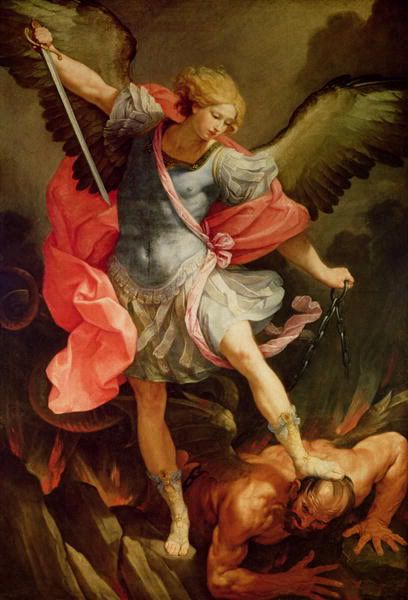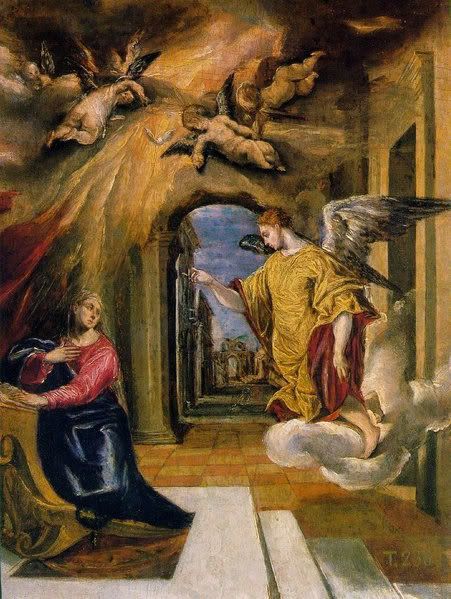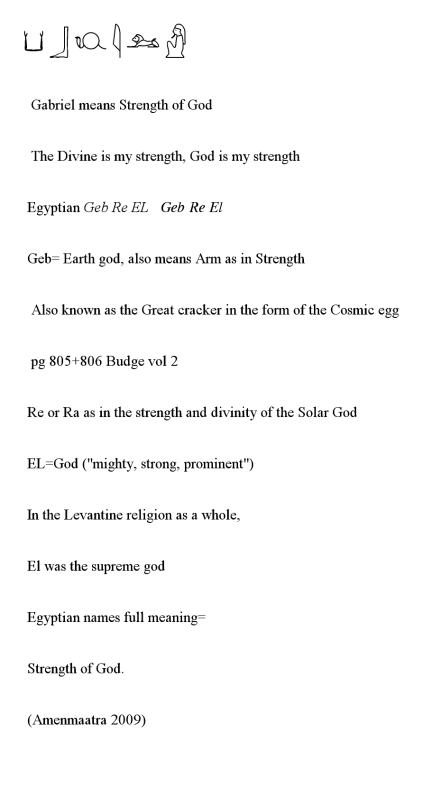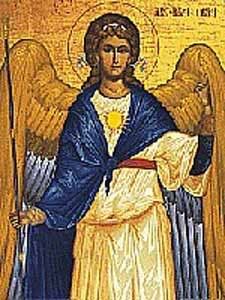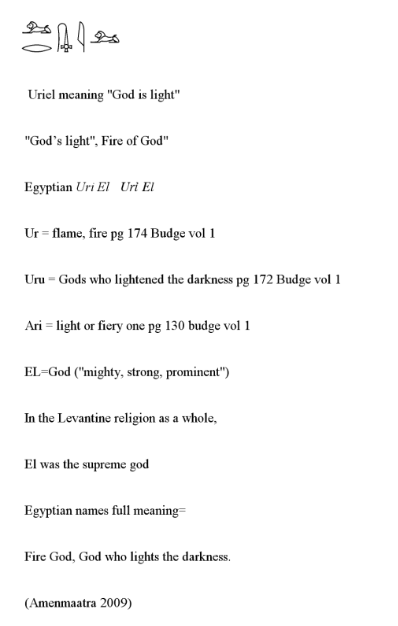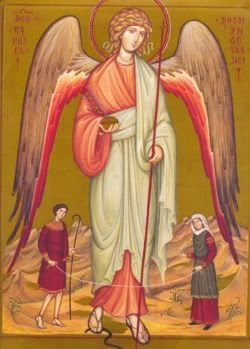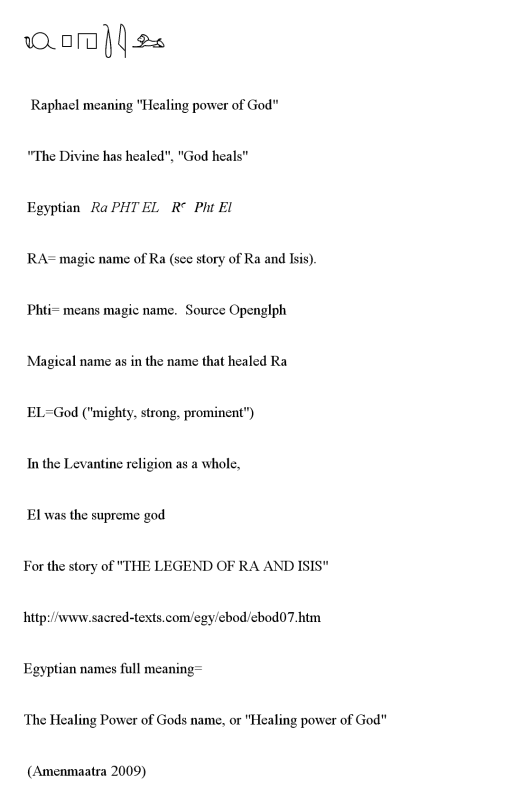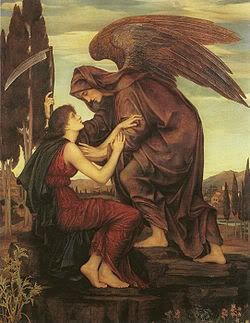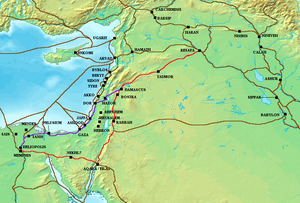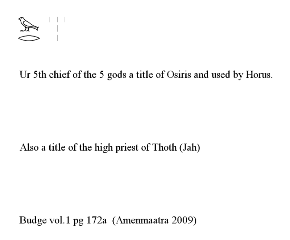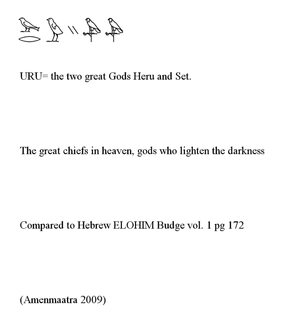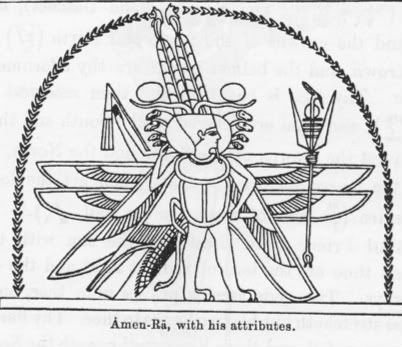
Above is the hieroglyphic translation for Isa the Islamic name for Jesus the Christ. It means "Throne to come" implying Thy "Kingdom come"..
"Thy kingdom come, thy will be done on earth as it is in heaven..."
That motivated me to looked for the word in the Ancient Egyptian language for Kingdom, the only term for kingdom on Earth was Sutenit= meaning Kingdom, royal, the state of being king and Suten which is the Egyptian word meaning Royal linen.

This is the Ram-God of middle Egypt Lord of Suten-Henen or Khnemu as Her-shef. His name means Kingdom of Strength, Power, bravery and the like. He is also Identified with Osiris.
Henen-su is often referred to in the Book of the dead, and a number of mythological events, like where Ra first rose for the first time when the heavens, and earth were created. Osiris was crowned lord of the Universe, and his son Horus assumed the throne his father left vacant after his death and ascension into heaven. Also when Ra ordered Sekhet to go forth and destroy mankind she started her journey from Henen-su.
The Book of Coming forth by day says
"I am the Bennu, the soul of Ra, and the guide of the gods in the Duat.' In another verse, he says, 'I am pure. My purity is the purity of the Great Bennu which is in the city of Suten-henen."
This city is the same city which is mentioned in the Torah as the City of On, in realtion to Joseph the Vizier and the Temple of On.
If Suten-Henen means Kingdom of Strength, Power, bravery and the like. So, what about the word Sultan then?
Sultan is an Islamic title, with several historical meanings. Historians say originally it was an Arabic language abstract noun meaning "strength", "authority", or "rulership", derived from the Arabic masdar sulṭah, meaning "authority" or "power".
That clearly connects the Arabs with the language of the Ancient Egyptians.
So could Mecca and other Islamic Mosques have been built by Egyptians, or Arabs schooled in the ancient art of hieroglyphics? Is there any evidence of this?
Here is the Ancient Egyptian Hieroglyph for Altar.

Do you see the Altar to the Solar God on the Dome of the Rock?

In Mecca rests the most holy site to Islam, the beloved Ka'ba. A sacred rock called the Black Stone rests in the shrine in the middle, just like one that was worshiped in the sacred city of On in the Torah.

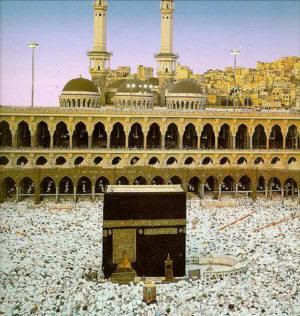
Now look at the Hieroglyph for a shrine or base of a shrine.

There was said to be many Egyptian Gods in the Ka'ba before Mohammad raged upon them. Abraham is said to have built the Ka'ba with his son Ishmael, in a later blog I will connect Abraham with the 12th dynasty Pharaoh also bearing the name Abraham.
Can you notice these domes built on top of the walls of the Ka'ba. These are three loaves of bread, as in the Jesus's story.
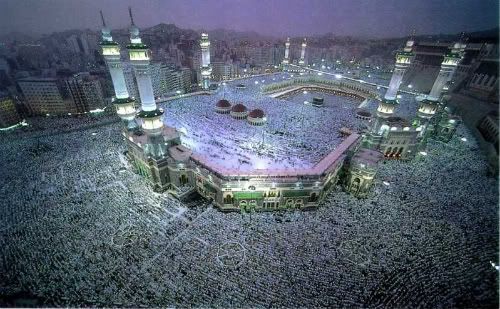

These are three loaves of Bread, per the hieroglyphic below.

This connects the Ka,ba with Jesus (Isa) via the Hieroglphics, and the three loaves of bread on the Ka'ba. Jesus is considered a messenger of Allah, it is said that he will return to Earth near the day of Judgement to restore justice, and defeat the false Messiah. Numerous titles are given to Jesus in the Qur'an such as the Messiah. Jesus is seen as the one who came to foretell the coming of Muhammad.
Hieroglyphics cracked 1,000 years earlier than thought by Arab Scholars.
http://www.ucl.ac.uk/media/library/Hieroglyphics

THE THREE LOAVES OF BREAD story is at the web address below.
http://www.allah.com/cgi-bin/mt.cgi?lang=en&cfile=TheThreeLoavesOfBread
Thanks to, and in memory of Sankh-ka-Amoun.
Peace Profound
Amenmaatra
